How ‘wicked’ Camilla won over the Queen
For many years, they had a difficult relationship: the Queen did not forgive Camilla’s adultery with Charles easily. Camilla spent a long time out in the cold.
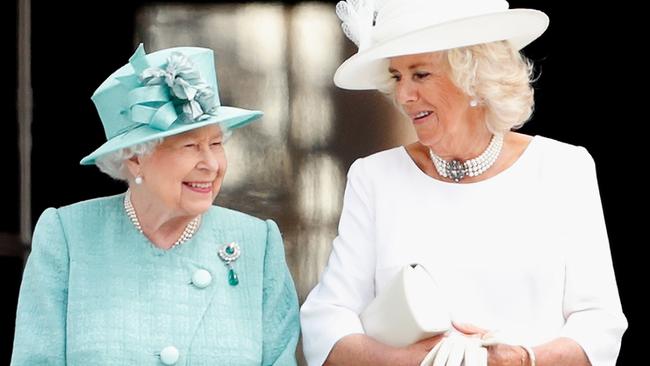
On paper the Queen and Camilla Shand had much in common, other than the Prince of Wales. Both country women, they liked horses and dogs, and were unpretentious to a fault.
For many years, however, they had a difficult relationship: the Queen did not forgive Camilla’s adultery with Charles easily. She was, in the Queen’s words, “that wicked woman”, and was banned from any royal events at which the Queen was present. She spent a long time out in the cold.
Later their relationship would improve, and they came to regard each other with affection and respect. But getting there was a long and difficult journey.
In the early days, before Lady Diana Spencer came along, she and the Queen got on well. The Queen enjoyed her company and made her welcome; according to Jonathan Dimbleby, her “warmth, her lack of ambition or guile, her good humour and her gentleness endeared her to the household”.
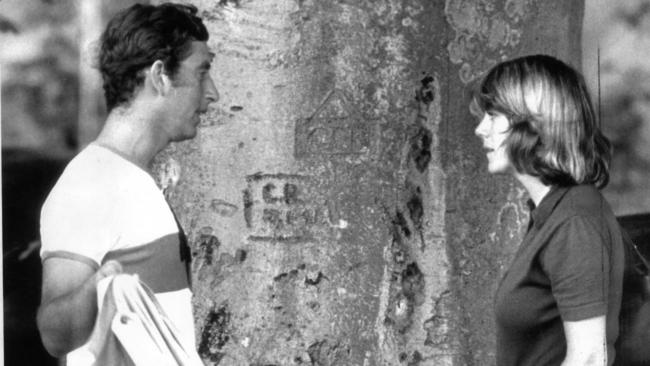
However when Charles and Camilla rekindled their affair – before Diana, but after Camilla’s marriage to Andrew Parker Bowles – it led to the start of the froideur between the Queen and Camilla. Word reached the Queen that the Blues and Royals – Andrew Parker Bowles’s regiment – was “unhappy” that her son was sleeping with the wife of one of its officers. She reacted by putting out the word that Camilla was not to be invited to any royal events.
Much to Charles’s despair, after his divorce from Diana the Queen remained adamant in her antagonism towards Camilla. Neither the Queen nor the Queen Mother would allow Camilla even to be present in the same room as them, although they were both happy to entertain Andrew Parker Bowles, whose company they enjoyed. Charles was aggrieved when the Queen and the Duke of Edinburgh did not attend his 50th birthday party at Highgrove, which was attended by Camilla.
After Diana’s death Charles summoned up the courage to plead with his mother to relax her attitude, so that he could live openly with Camilla. According to Tom Bower’s book on Charles, the Queen replied in forceful terms, saying that she could not condone his adultery, or forgive “that wicked woman” for not leaving Charles alone to allow his marriage to recover. “I want nothing to do with her,” she said.
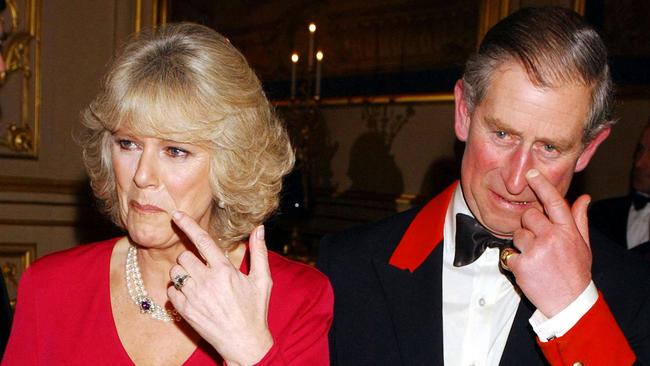
While Camilla was not allowed in the Queen’s company, Charles was not above going behind his mother’s back. He once held a fundraising dinner at Buckingham Palace, knowing that even though the Queen was away she would still object to Camilla sitting at his table, Bower wrote. Charles conspired to keep her name off the seating plan, then have her slip in late. “While Ma’am is away, the mice will play,” Charles told his guests.
Slowly things thawed. When Charles threw a party for King Constantine, the former king of Greece, at Highgrove in 2000, Camilla had her first face-to-face meeting with the Queen for years. There was a smile from the Queen and a curtsy from Camilla, but, as one of Charles’s senior advisers put it, the exchange was “merely a cracking of the ice rather than a breaking of it”. Relations between them remained awkward.
At the party after their wedding in 2005 the Queen made an amusing and touching speech, which made much of the fact that it was held on the same day as the Grand National. “Having cleared Becher’s Brook and The Chair and all kinds of other terrible obstacles, they have come through and I’m very proud and wish them well,” she said. “My son is home and dry with the woman he loves. They are now on the home straight; the happy couple are now in the winners’ enclosure.”
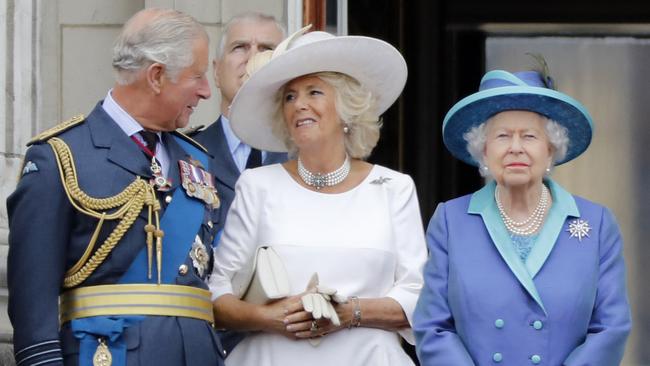
However, according to Bower, the Queen did not mention her by name, and did not speak to her during the party. “I can’t believe it,” Camilla told friends in the room. “I can’t believe it.”
Over the next ten years or so their relationship warmed considerably. The Queen made Camilla, now Duchess of Cornwall, a member of the Royal Family Order – an order for female members of the royal family, which conspicuously she did not bestow on the Duchess of York, or Princess Michael of Kent – and a Dame Grand Cross of the Royal Victorian Order. Even more significantly she made her a member of the Privy Council, along with the Duke of Cambridge.
Along with such formal recognition there seemed to be a genuine affection between them. They were relaxed in each other’s company. As the biographer Sally Bedell Smith wrote: “The Queen liked her down-to-earth fussiness, liked that she loved her dogs. Camilla spoke to her mother-in-law regularly on the phone, and the Queen shrewdly used her as a conduit to Prince Charles, much as she had relied on Dickie Mountbatten in the old days.”
The relationship was sealed when it was agreed that Camilla would be made Queen Consort when Charles became king. The “wicked woman” had come in from the cold.
The Times


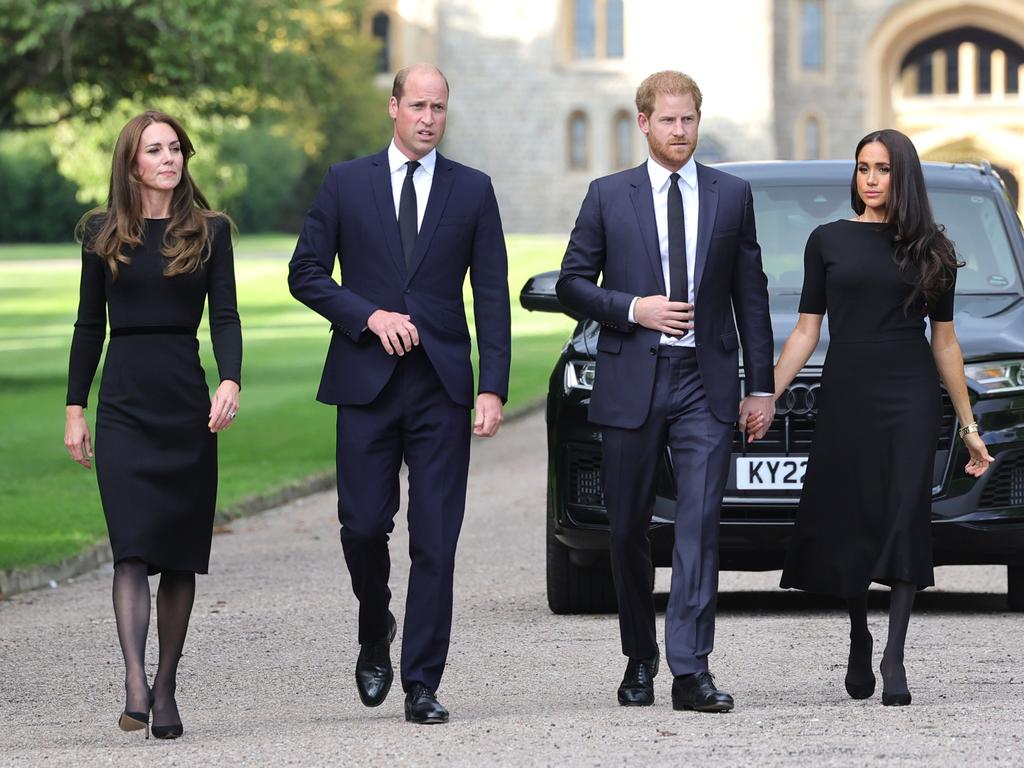




To join the conversation, please log in. Don't have an account? Register
Join the conversation, you are commenting as Logout